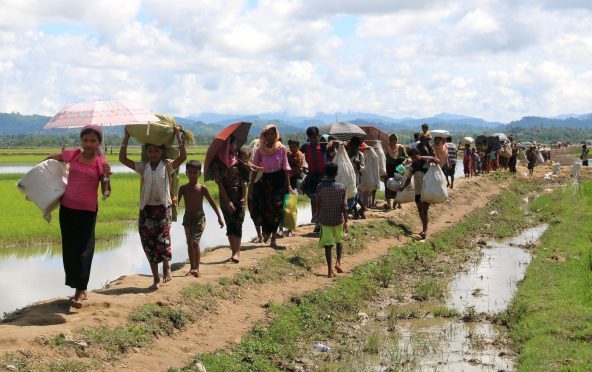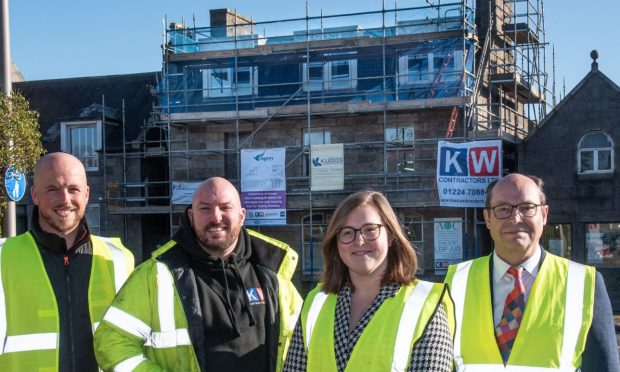The Bangladeshi city of Cox’s Bazar has become one of the many pivotal points of the international relief effort to help thousands of men, women and children fleeing Myanmar.
Last week, around 2,000 people a day made the dangerous crossing from the crisis-hit country to neighbouring Bangladesh – more than half a million people have fled since Rohingya militants attacked police posts, resulting in a military crackdown in late August.
One of the many hundreds of international aid workers helping to save lives on the front line of the humanitarian disaster in Cox’s Bazar is Aberdeen woman Himaya Quasem, 36, who arrived in the country last week.
During her time in the refugee camps, the ActionAid UK worker confirmed she had heard “harrowing” tales from survivors, but also signs of hope that the worldwide relief effort was making a difference.
She said: “I arrived last Thursday and things have been good in terms of being able to see what it’s like in the camps, and meeting the woman and children that we are supporting.
“But it’s also very harrowing here. People have been through a lot.
“There are lots of traumatised people who have witnessed loved ones being slaughtered and their houses burned.
“We’ve interviewed children whose parents have been shot dead in front of them.
“They’re all here now in a place of relative safety, but they’re in need of a lot of help.
“There is the counselling and psychological support they need, but also the basic needs of food and proper shelter, and sanitation.”
Ms Quasem explained that many individuals had been forced to flee their burning homes with little more on their person than the clothes on their backs.
She added that even the most basic of necessities being dispatched to Bangeladesh from across the globe were helping to save lives.
She said: “It’s been very difficult to see some of the conditions and issues people are facing, but it’s good to know that the response from the international community is starting to make a difference.
“For example, I met a 10-year-old girl called Taslima, who saw her dad being shot in front of her, and her mother had died a couple of months earlier from ill health.
“She’s fled to Bangladesh after walking barefoot for five days, and yesterday she was at a distribution centre, run by Action Aid, where we were giving out kits full off essentials such as sandals, soap, clothes and underwear – things very few people had with them, because they just ran for their lives.
“That was the first time she had worn shoes in the 20 days since she had arrived in Bangladesh.
“So there are stories like this, and many others, of people who have been through so much and are still surviving, thanks to the international aid.”
To donate to help aid workers like Ms Quasem, visit www.actionaid.org.uk/donate/rohingya-refugee-crisis










